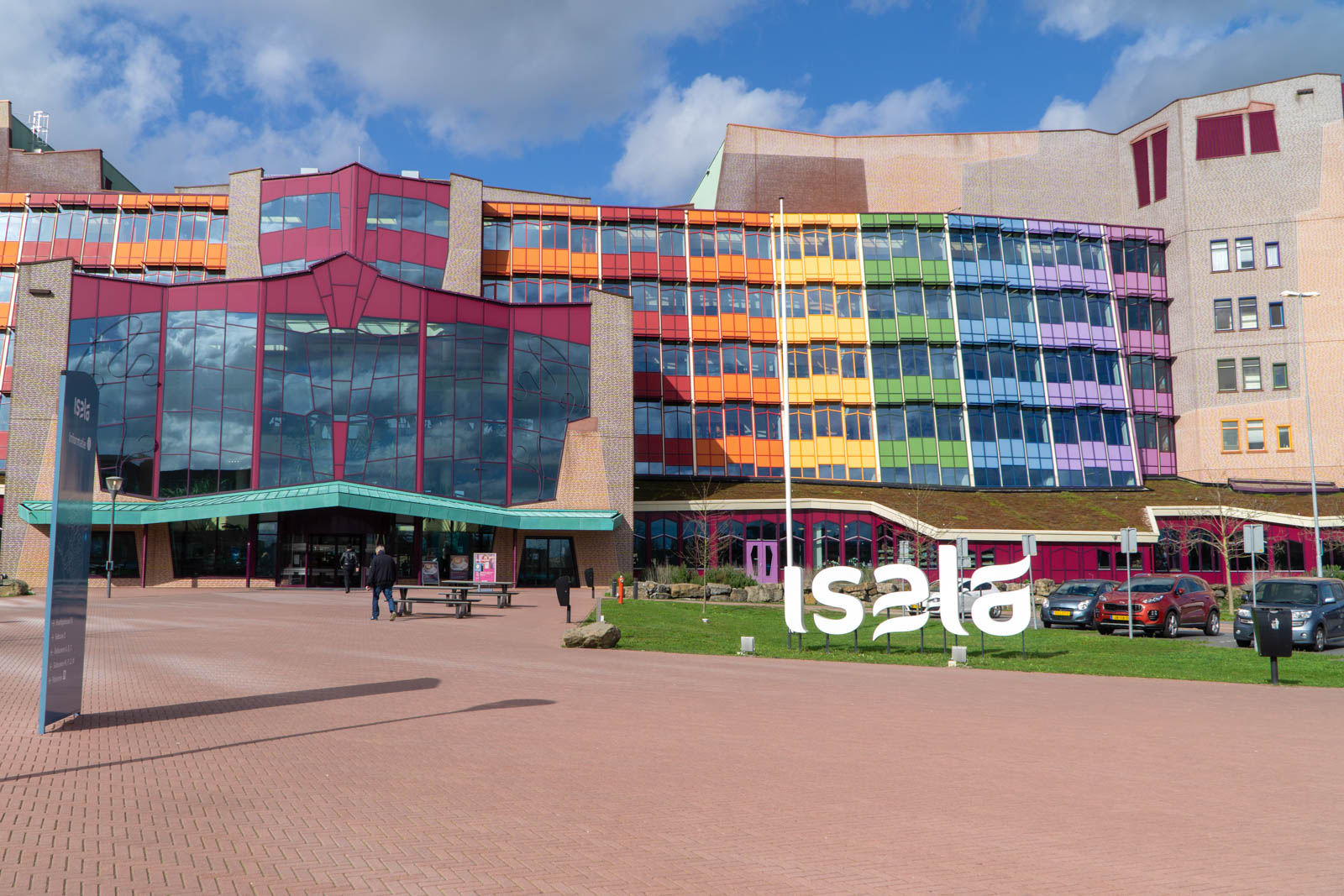Zwolle – Isala is one of the leading hospitals in the field of digital care. Isala has had a Connected Care Center since early 2019. With the aim of stimulating the development and growth of hospital care, where the patient does not come to the hospital. He or she can stay at home in his familiar environment. Why is this so important and what is the benefit to the patient?
25% at home
“Through the Connected Care Center, Isala wants to work towards the coming years that 25 percent of the care that is currently provided in the hospital takes place at home. We do this because we believe that digitization of care contributes to making it more pleasant, better and safer for patients. We are well on our way to achieving these goals’, explains Tom Faber, Connected Care Center program manager. “This development is necessary to keep healthcare accessible and affordable.”
“Something has to change, because the demand for care will increase in the coming years due to the aging population.” Tom Faber, program manager Connected Care Center
“While there are fewer people who can work in healthcare due to the aging population.
So it has to be smarter and cheaper. ‘But in such a way that this has added value for our patients’, responds Tom. “This is possible if we combine the unique strength of our healthcare professionals with technology such as monitoring patients at home.”
More care, less hospital visit
“With monitoring, we can ensure that patients with mainly long-term or chronic conditions need to visit the hospital less often for check-ups. And that while they have more contact with their doctor or nurse”. This is what Job Leenen, project leader and PhD candidate in monitoring within the Connected Care Center, explains.
What this monitoring looks like differs per disease and per patient. “Sometimes wearable devices such as a smart patch, ICD or smartwatch actually transmit data such as heart rate, temperature, respiration and oxygen level. This goes from the patient’s home to the specialists in the hospital. But monitoring can also mean that a patient regularly fills out questionnaires via an app about his or her complaints. If the nurse sees on the basis of the answers that things are not going well, he or she will contact you. They then discuss possible actions with the patient. For example, adjusting the medication.”
Thanks to the monitoring, the patient then has to go to the hospital less often. Hospital visits are sometimes experienced as burdensome if one is (chronically) ill. It also appears, for example, in COPD patients that, thanks to monitoring, they need to be admitted less often and for a shorter time. This is because worsening of their complaints is noticed earlier and intervention can be taken in time. This shows that it is both beneficial to the patient and to reduce the pressure on care.
Added value during corona golf
The added value of monitoring also became apparent during the second corona wave. Isala used monitoring to reduce the pressure on care and to provide patients with care at home in their familiar environment. Job: “As Isala, we used monitoring in two ways. First of all, to monitor patients with COVID-19 who had an increased risk of serious complaints. This allowed us to provide care on time and avoid hospitalization as much as possible. With this we provided a service to the general practitioners in the region. They could rely on the monitoring from the hospital. In addition, through efforts of the Pulmonary Medicine department, patients with COVID-19 in hospital could be discharged home earlier thanks to monitoring in combination with oxygen.”
Patients feel safe in their own home environment
During the home monitoring of COVID-19, patients were given a saturation meter at home with which they could measure the oxygen level in their blood on a daily basis. If the value deteriorated, it was checked which care was needed. “Patients with COVID-19 who were monitored to avoid hospitalization, gave the monitoring a nice 7.9 afterwards,” says Job. ‘They indicated that the monitoring made them feel safe, while it was nice to recover in their familiar environment. At the same time, it helped Isala keep enough beds available for patients who really needed intensive care.”
Look to the future
“At the moment we are already fully deploying monitoring within Isala in various diseases such as COPD, asthma, heart failure, certain types of cancer and Crohn’s disease. In the future this will become much more’, Job looks ahead to the future. ‘Together with specialists, nurses and other care providers in Isala, we are looking at how connected care within their specialism can contribute to even better care and help patients to gain more control over their own health.”
Job continues: “We do this together with healthcare professionals and not just from behind a desk full of studies and reports. My own nursing background helps with this and Gijs Patijn, medical advisor within the Connected Care Center, is a surgeon. It is precisely thanks to this view from practice that we can set up innovations that really improve the care for our patients. That is what we passionately work on with our team: At home if possible, hospital if necessary. In other words, care that is always close to the patient.”
–


